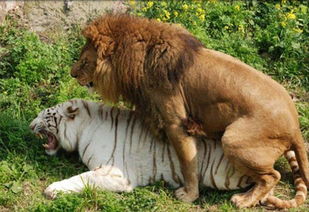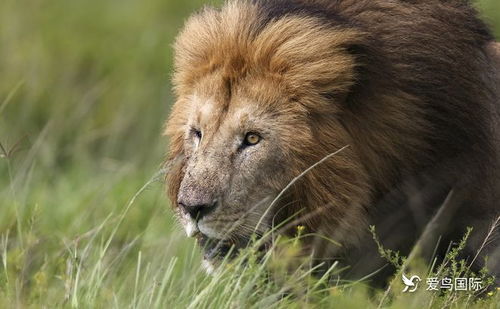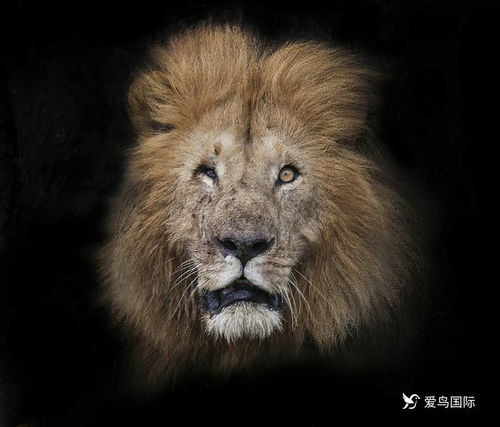
Panthera Leo Species: A Detailed Multidimensional Introduction
The Panthera leo, commonly known as the lion, is one of the most iconic and powerful predators on Earth. This majestic creature has fascinated humans for centuries, and its presence in various cultures has left an indelible mark. In this article, we will delve into the various aspects of the lion species, exploring its habitat, behavior, conservation status, and more.
Habitat and Distribution

The lion is native to Africa and Asia, with its range once extending across the entire continent. Today, lions are primarily found in sub-Saharan Africa, with small populations in India and the Middle East. Their habitat varies from grasslands and savannas to dense forests and woodlands. Lions require a diverse ecosystem to thrive, as they are apex predators and play a crucial role in maintaining the balance of their environment.
| Region | Population Estimate |
|---|---|
| Africa | 20,000-30,000 |
| Asia | 100-200 |
Physical Characteristics

Lions are the largest of all the big cats, with males weighing between 330-420 pounds and females between 260-300 pounds. They have a distinctive mane, which is more prominent in males and serves as a symbol of strength and dominance. Lions have a golden-brown coat, with a lighter coloration on their underbelly and legs. Their powerful bodies are adapted for hunting, with strong legs, a muscular chest, and sharp claws and teeth.
Behavior and Social Structure

Lions are social animals that live in groups called prides. A pride typically consists of related females, their cubs, and a few dominant males. The females are primarily responsible for hunting and raising the cubs, while the males protect the pride and compete for breeding rights. Lions are known for their roar, which can be heard up to five miles away. This roar serves multiple purposes, including communication, territorial marking, and intimidating competitors.
Reproduction and Lifespan
Lions have a gestation period of about 110 days, and females usually give birth to a litter of one to four cubs. The cubs are born blind and helpless, but they quickly develop their strength and hunting skills. Lions reach sexual maturity at around two to three years of age, and the average lifespan in the wild is about 12-14 years. However, in captivity, lions can live up to 20 years or more.
Threats and Conservation Status
The lion population has drastically declined over the past century, primarily due to habitat loss, human-wildlife conflict, and poaching. As of 2021, the lion is classified as “Vulnerable” on the IUCN Red List of Threatened Species. Conservation efforts are underway to protect lion populations, including the establishment of protected areas, anti-poaching initiatives, and community-based conservation programs.
Conclusion
The Panthera leo species is a remarkable creature that has captivated the human imagination for centuries. Its unique social structure, powerful physique, and majestic roar have made it one of the most iconic predators on Earth. As we continue to learn more about these magnificent animals, it is crucial that we take action to protect their natural habitats and ensure their survival for future generations.



